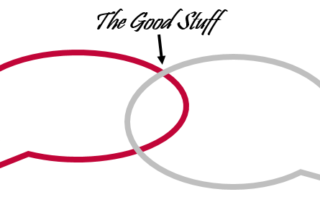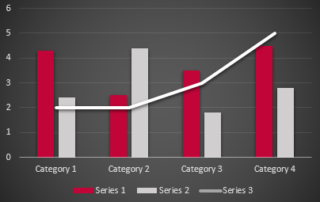How “Forecastable” is Your Data? It’s Complex Anyway You Look at It
These “key tools” balance a need for simple with a need to handle the complexity of SCM – following the IBM adage – complexity exists whether you ignore it or not, best not to ignore it.






